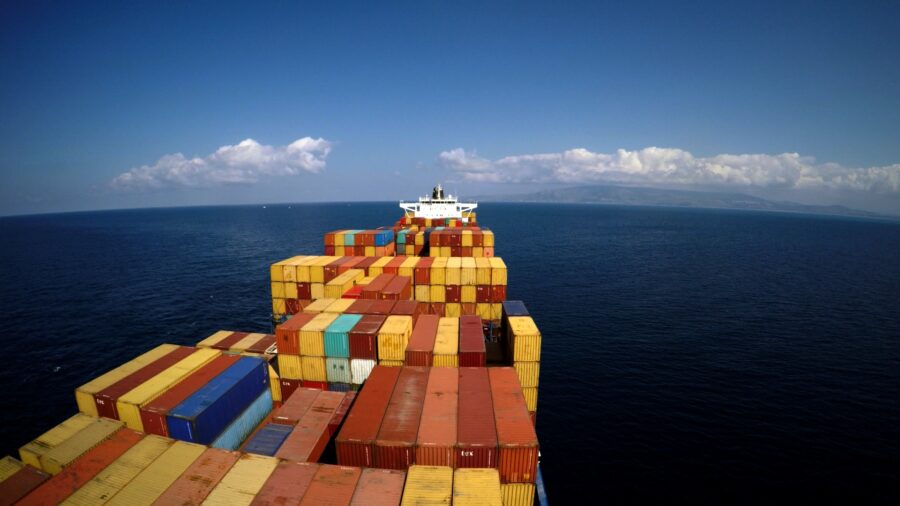Panama Canal Drying Up And Hundreds Of Ships Are Stuck

In what is being called the “world’s worst traffic jam,” some 200 cargo ships are waiting to pass at the Panama Canal as, thanks to global climate change, the area experiences its worst drought in 100 years. As Futurism reports, the huge backlog has been growing for some time and might not get any better for a few weeks yet. The human-made passageway is famous not only as one of the world’s most impressive feats of engineering but as one of the most important trade routes on Earth.
A historic drought has created the world’s largest traffic jam at the Panama Canal with 200 ships trying to cross.
The Panama Canal relies on massive amounts of water, the supply of which is shrinking in the current drought. As climate change continues across the globe, extreme weather events and conditions such as droughts, floods, and hurricanes are also increasing in both frequency and intensity. In fact, this is not the first time in recent history the canal has been struck by water shortages.
Drought at the Panama Canal has not been a common sight over much of the past century, but climate change is altering that reality and trading it for one that is much less desirable—and much more expensive. As recently as 2019, similar conditions to the current dry spell have hit Panama, which is normally one of the world’s wettest areas. Before that, the area was also similarly parched in 2016, with each event getting worse than the one before.
The current traffic jam at the Panama Canal comes two years year after one ship managed to block the Suez Canal for weeks, and throw worldwide shipping into chaos.
All of this comprises weather conditions that have been rare for the Panama Canal in past decades, with the most recent drought of the current severity dating back a century. As the global climate changes, though, conditions like this continue to worsen. The current backlog of some 200 vessels is already causing a ripple effect that will impact businesses, homes, and communities that rely on the supplies and products that come through the waterway every day.

The Panama Canal is 50 miles long and is supplied with water by local rainfall, meaning that a lack of precipitation forces canal authorities to reduce the amount of water usage by slowing the flow of traffic.
The canal uses locks at each of its ends that fill with water to lift ships from the ocean water level up to the level of the artificial Gatun Lake, 85 feet above sea level, then lower them back down to sea level at the other end. This process requires huge amounts of water, which is now in shorter supply due to climate change, which is even changing ocean colors.
To operate at full capacity, the Panama Canal uses in excess of 50 million gallons of water daily, meaning that a climate change-induced shortage of water necessitates slowed traffic.
Though the flow of ships at the Panama Canal started at about 1,000 vessels when it opened in 1914, that traffic has steadily increased. In the 2022 fiscal year, the passageway was crossed by over 14,200 ships, accounting for some 40% of U.S. container traffic and annually representing $270 billion in cargo. Climate change causing droughts in an area that is important to commercial maritime traffic is a serious problem that has only gotten worse.
To operate at full capacity, the Panama Canal uses in excess of 50 million gallons of water daily, meaning that a climate change-induced shortage of water necessitates slowed traffic. As the conservation effort increases, so do the fees charged to the cargo vessels passing through. With the current limit set at 32 ships per day, the canal is down by four ships daily from its usual cap of around 36.
This might not seem like a lot, but the slowed passage has left an increasing number of ships waiting to cross the Panama Canal, now crossing the 200 mark and the wait for passage averaging 20 days. Due to the worsening drought, said canal administrator Ricaurte Vásquez Morales at a recent press conference, the restrictions could remain in effect through the rest of 2023, resulting in a loss of revenue estimated at $200 million. Such is the cost of continued climate change.
“If we don’t adapt,” Morales says, “we are going to die.” It’ true for the Panama Canal, and for the planet as well.













